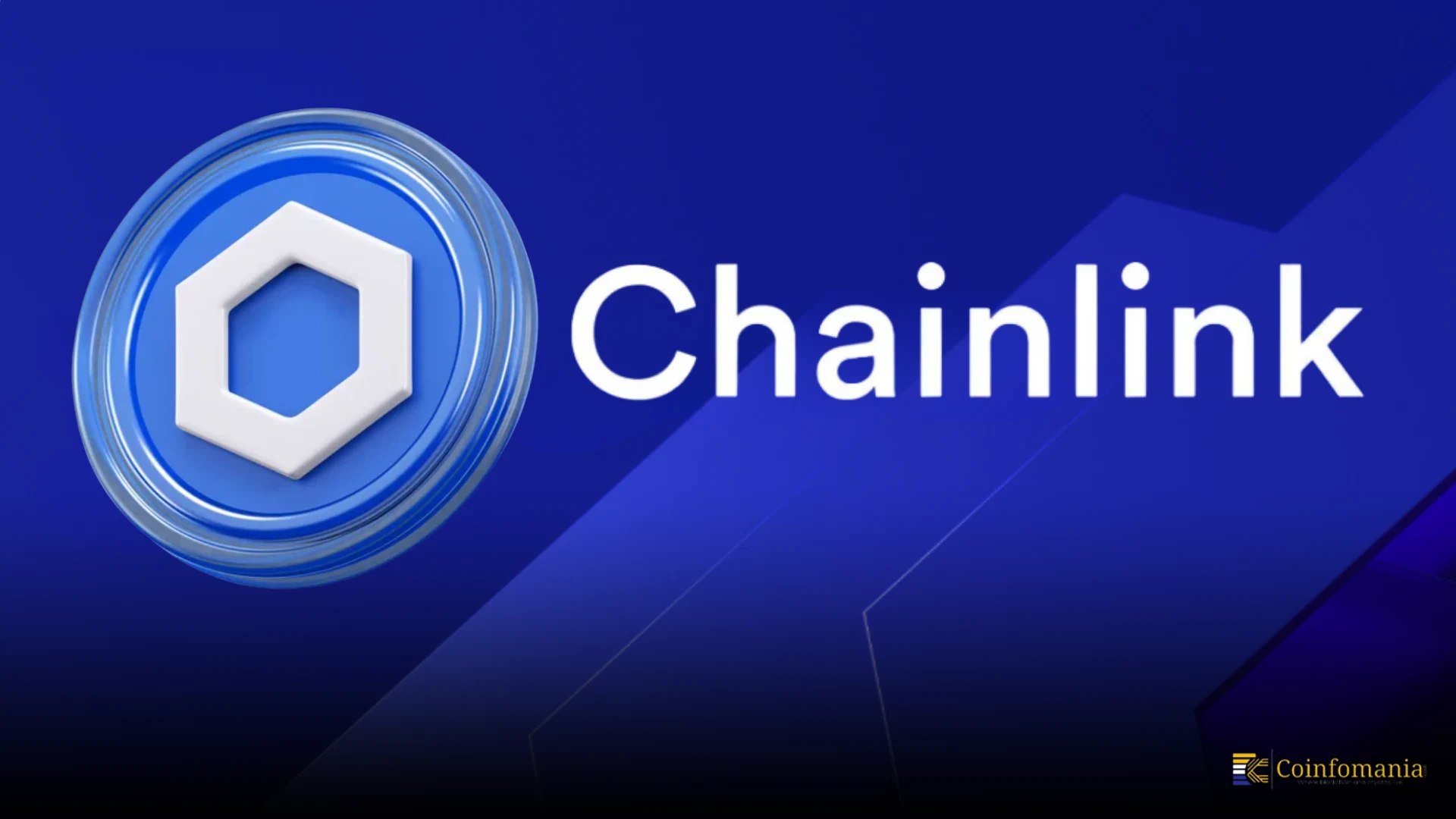Chainlink Announces Comprehensive 2025 Update of Smart Contract Use Cases
0
0

Chainlink released a major X announcement, updating its smart contract use cases. The list now details over 77 applications reflecting blockchain infrastructure advances. The update adds a banking and capital markets section showcasing how financial players adopt decentralized tools alongside legacy systems. These examples illustrate blockchain-powered automation boosting transparency and preserving regulatory compliance. Users can now explore real-world use cases across insurance, supply chain, and payments. This release marks a shift from theoretical blockchain concepts to practical, institution-ready applications.
The definitive smart contract use case list just got a major 2025 upgrade.
— Chainlink (@chainlink) May 6, 2025
• New banking and capital markets section
• Updated real-world examples
• Revamped for today’s most relevant trends
And more—explore what’s new ↓https://t.co/PtFb3t5HZa
Chainlink Smart contracts can execute code automatically when preset conditions are met, without third-party involvement. Yet they face the blockchain oracle problem since blockchains lack direct access to external data. Chainlink blockchain solves this by operating as a decentralized oracle network linking smart contracts to off-chain data sources. This solution ensures secure, reliable access to real-world data and enables richer contract logic. These hybrid contracts bridge on-chain operations with external information securely. Industries like insurance, gaming, and capital markets benefit from advanced smart contracts supported by off-chain computation and data feeds.
Connecting Financial Systems to Blockchain with Chainlink
Chainlink blockchain’s decentralized oracles power critical services like Data Feeds, Automation, and Proof of Reserve. This and the Cross-Chain Interoperability Protocol allow Chainlink smart contracts to access off-chain information without sacrificing security or decentralization. A key breakthrough is the Cross-Chain Interoperability Protocol, which enables reliable communication and asset transfers across different blockchains. By breaking network isolation, CCIP lets developers create cross-chain applications that tap into multiple ledger ecosystems. Such interoperability boosts blockchain functionality for finance, logistics, and beyond, where seamless integration across platforms and jurisdictions is essential.
Many financial institutions now seek to blend traditional banking services with blockchain technology securely. Chainlink lets them connect to on-chain systems without disrupting existing workflows. This seamless integration grants access to decentralized applications while preserving core infrastructure. The update highlights examples where oracles monitor asset collateralization and automate real-time data verification. Such capabilities reduce the risks tied to the adoption of smart contracts in finance. They help build trust among participants in banking and capital markets. It points to a future where banks and blockchain coexist smoothly.
Chainlink and Swift Showcase a Path to Blockchain Adoption
In 2024, Swift partnered with Chainlink blockchain to streamline blockchain integration for financial institutions. By leveraging the Cross-Chain Interoperability Protocol, Chainlink connected both public and private blockchains to Swift’s existing infrastructure. Banks can keep familiar workflows while benefiting from blockchain functionality. Smart contracts now activate via Swift messages, transforming traditional instructions into on-chain actions. Chainlink’s middleware converts standard messages into secure on-chain triggers. At Sibos 2024, the demonstration showed no need to abandon legacy communication standards. This interoperability accelerates enterprise blockchain adoption across diverse financial systems.
Chainlink Enables Seamless Tokenized Asset Transactions
Tokenized asset settlements are evolving beyond simple messaging. Most institutions still use fiat rails despite growing interest in digital tokens. Chainlink blockchain’s infrastructure links traditional payments with blockchain logic and smart contracts to enable hybrid settlement models. Collaboration with UBS Asset Management and Singapore’s Monetary Authority demonstrated seamless tokenized fund transactions over Swift’s global fiat network. In fund subscriptions and redemptions, Chainlink automates asset issuance and burning based on external payment confirmations. This approach reduces manual reconciliation delays and boosts operational efficiency without overhauling existing financial systems.
Evolving Blockchain Infrastructure Through Chainlink Integration
The Chainlink blockchain update highlights an evolving blockchain landscape where interoperability, automation, and external connectivity are no longer experimental. With blockchain solutions like the Cross-Chain Interoperability Protocol and reliable oracle services, Chainlink makes smart contract adoption more viable for sectors bound by regulatory and operational complexity. Though challenges remain, the system’s capacity to connect legacy and modern financial tools puts it at the forefront of blockchain infrastructure development. In this way, Chainlink continues to act not as a replacement, but as a bridge, bringing the benefits of decentralization into traditional systems thoughtfully and securely.
The post Chainlink Announces Comprehensive 2025 Update of Smart Contract Use Cases appeared first on Coinfomania.
0
0
 Manage all your crypto, NFT and DeFi from one place
Manage all your crypto, NFT and DeFi from one placeSecurely connect the portfolio you’re using to start.






